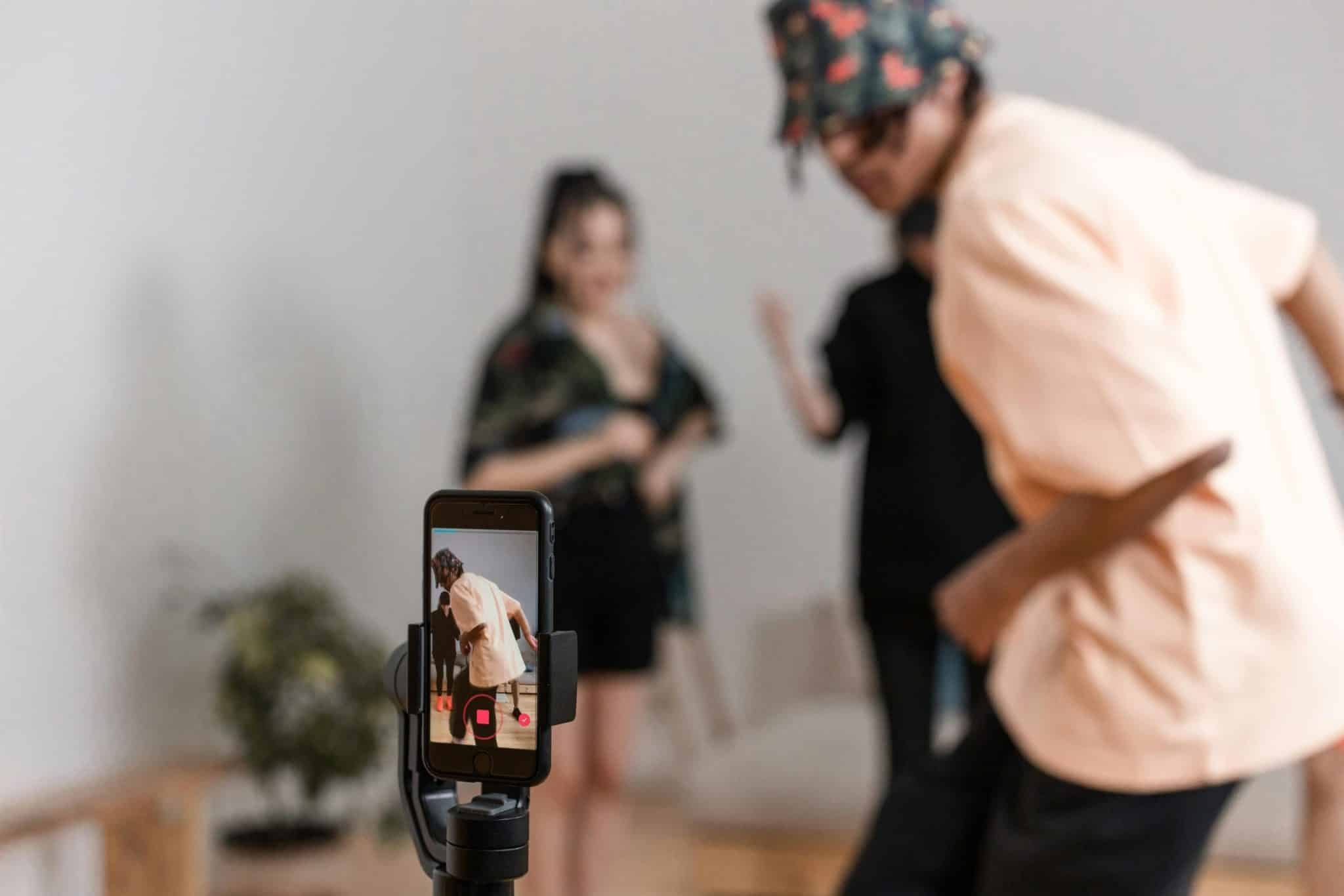Trademarking Memes: When Viral Content Becomes Intellectual Property
In today’s digital age, memes have become a ubiquitous part of our online culture. They provide a quick and entertaining way to communicate thoughts, opinions, and emotions, often spreading like wildfire across social media platforms. But as memes continue to gain popularity and reach, the question of ownership and intellectual property arises. Is it possible to trademark a meme? Can viral content become a form of intellectual property? In this article, we will explore the concept of trademarking memes and discuss whether it is a viable option for protecting these popular internet sensations.
The Rise of Memes
It’s hard to imagine the internet without memes. These humorous images, videos, or phrases that are often accompanied by witty or satirical captions have become a staple in online communication. Memes are created and shared by millions of people worldwide, making them a powerful tool for spreading ideas and messages. In fact, memes have even been used as a form of political and social commentary, with some becoming symbols of popular movements.
But despite their widespread use and impact, the legal status of memes remains uncertain. As a form of user-generated content, memes often use copyrighted material without permission, making them vulnerable to copyright infringement claims. However, some argue that memes should be protected under fair use laws since they are often used for the purpose of satire or commentary.
What is a Trademark?
A trademark is a recognizable sign, design, or expression that distinguishes a product or service from others. It can be a word, logo, slogan, or even a sound or smell. Trademarks are essential for businesses as they help build brand recognition and protect their unique identity. To obtain a trademark, a business must go through a lengthy and expensive registration process, which includes proving that the mark is being used in commerce and is not too similar to existing trademarks.
Can Memes be Trademarked?
While memes may fit the broad definition of a trademark, their nature as viral and often shared content makes trademarking them a challenging task. To trademark a meme, one must prove that it is being used for commercial purposes, which is often not the case. Memes are usually created and shared for recreational or entertainment purposes, and not for selling goods or services. Additionally, there is the issue of originality. With thousands of new memes being created daily, it can be difficult to prove that a particular meme is unique enough to be trademarked.
Moreover, trademark laws generally protect businesses and individuals from others using their trademarks without permission. But with memes being created and shared by individuals from all over the world, it becomes nearly impossible to monitor their use and enforce trademark rights. This makes it challenging for businesses or individuals to protect their memes from being used without authorization.
The Case of “Nyan Cat”
One popular example of attempting to trademark a meme is the case of “Nyan Cat.” In 2011, Chris Torres created a meme of a pixelated cat with a Pop-Tart body flying through space, leaving a rainbow trail behind. The meme went viral, and Torres applied for a trademark on the image, which was approved in 2018. However, this did not grant him exclusive rights to the meme, and he cannot prevent others from using it. Instead, the trademark gives him the right to sell merchandise featuring the image, such as t-shirts and stickers.
The “Nyan Cat” case showcases the limitations of trademarking memes and the complexity of protecting them under intellectual property laws.
Alternative Forms of Protection
While trademarking memes may not be a feasible option, there are other ways to protect them. One approach is to copyright the original materials used in creating the meme, such as photos or videos. Copyrights protect original works of authorship and can be registered for a fee. This provides more significant legal protection against copyright infringement and allows the creator to control how their work is used.
Another option is to create a license agreement for the use of the meme. This allows the creator to dictate terms for using their meme and protect it from being used without permission. However, enforcing these agreements can be challenging, especially when it comes to internet users who share and remix memes without any monetary gain.
The Bottom Line
In conclusion, trademarking memes may not be a viable option for protecting them, as they don’t meet the criteria for a trademark and are difficult to monitor and enforce. However, there are still ways to protect memes, such as copyrighting original materials or creating license agreements. As memes continue to evolve and play a prominent role in online communication, it is essential to understand the legal implications surrounding their use and ensure that credit is given to their creators. After all, as the saying goes, “Give credit where credit is due.”









